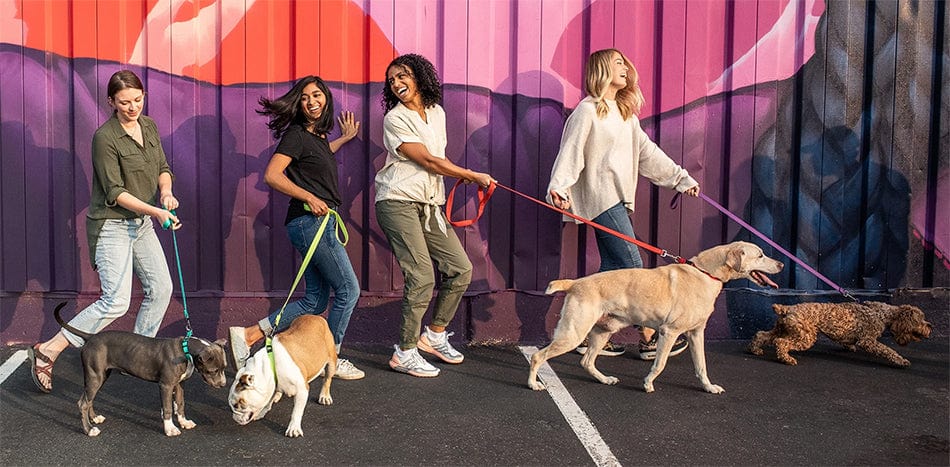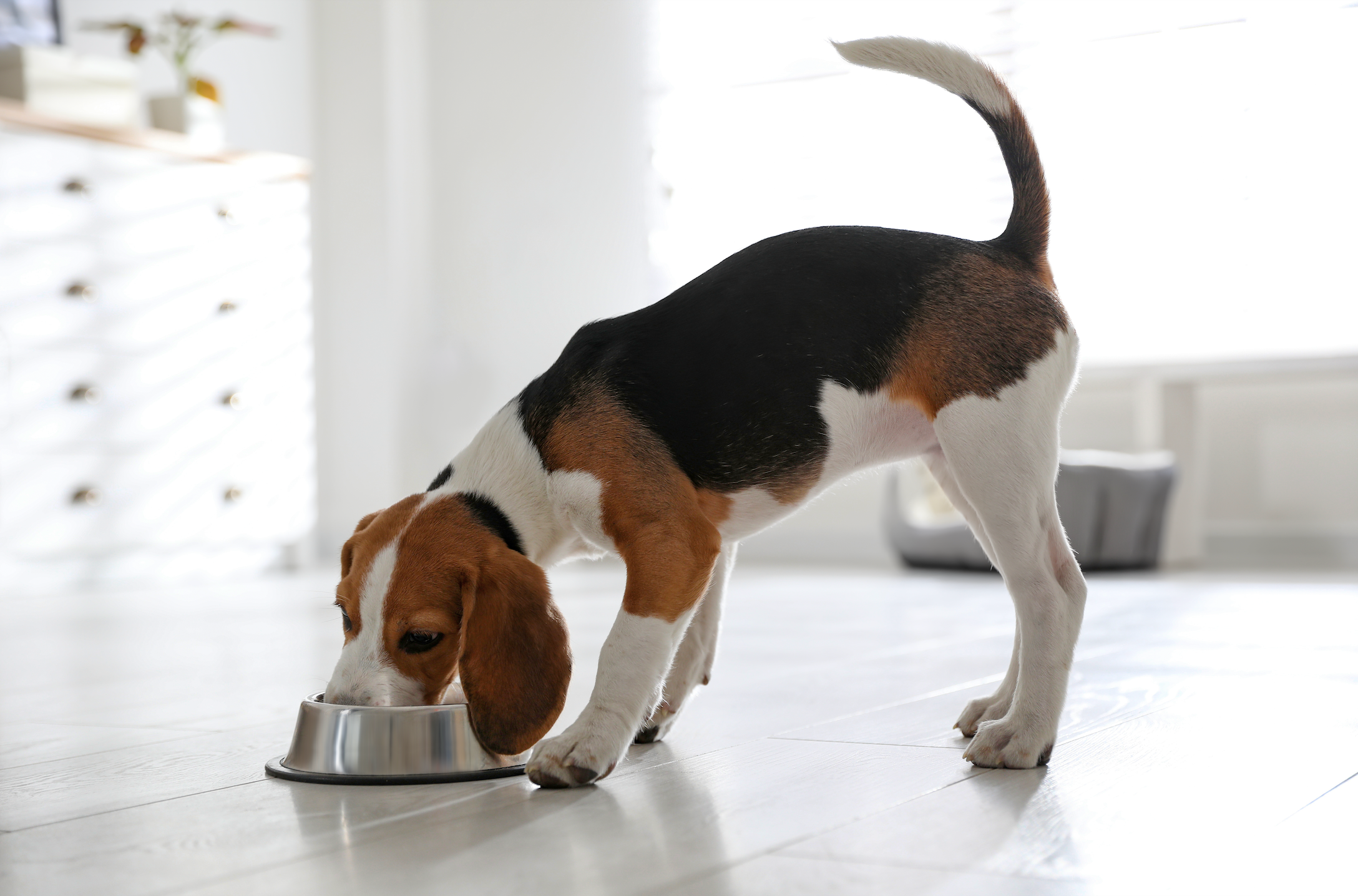Your cart is empty. Let's fix that!


Meal toppers add moisture, nutrition, and irresistible flavor to your pet’s same old kibble! Learn what kinds of toppers are out there and how to balance their servings to keep dinner healthy.
Fries are better with ketchup. Pancakes call for a little syrup. But what about your pet’s kibble?
If your cat or dog has been eating the same kibble for ages now, chances are they might not be quite as excited about it as they used to be. That’s where meal toppers come in! Just like adding salsa to your nachos, meal toppers add flavor, freshness, and new ingredients to a plain dinner.
Here’s what you need to know about the different kinds of meal toppers out there—and how to serve them responsibly so your pet doesn’t suddenly get a big boost in their daily calorie count!
These delicious add-ons can actually be good for your pet too! Depending on which type of meal topper you choose, they can have some major perks for your best friend:
You have lots of options available when it comes to topping your cat or dog’s dinner! You can opt for a dedicated meal topper or add variety to their diet by mixing different kinds of pet food. Knowing what’s available will help you find the best options for your pet!
You can find air dried, freeze dried, and powdered toppers designed to level up any pet meal! These toppers often feature the benefits of feeding raw ingredients without needing refrigeration, making them an easy and convenient feeding option. They don’t add any moisture to your pet’s kibble though, so be sure to keep their water bowl full and fresh!
These meaty, moist toppers typically come in small pouches for easy serving. You can opt for yummy bone broth that adds a boost of flavor and moisture (and is gentle on sensitive stomachs) or go for a formula with more nutritional oomph like this healthy dog food topper with hearty chunks of meat and veg in a moisture-rich gravy.
You don’t always need a specially formulated meal topper to get some of the same benefits! If you have an extra can or two of wet dog food or wet cat food sitting in the pantry, try scooping some on top of their kibble to add hearty meat and extra moisture.
Grab a package of raw food from your local pet store or opt for a shelf-stable fresh pet food for some of the same benefits without the short shelf life. Feeding a fully raw or fresh diet can get pricey, but portioning that food out across multiple meals helps you get those fresh food benefits without breaking the bank.
That’s right—your pet’s favorite treats can do double duty to make dinner more exciting! Choose a healthy dog treat or cat treat they love (because you wouldn’t eat potato chips with every meal) and mix some into their daily meal to encourage them to eat some kibble along with their tempting treats. Pro tip: try a squeeze of a wet treat to add moisture along with saucy flavor!
You can choose one favorite meal topper, rotate a few of them for variety, or mix and match multiples to get all of the benefits you want for your pet. No topper can fully make up for a low-quality kibble, though! Make sure you’re using a staple kibble that’s nutritionally balanced, like these filler-free, grain-free dog foods and cat foods that come loaded with prebiotics, probiotics, and a science-backed selection of vitamins and minerals.
Adding a meal topper to your pet’s food should be easy, but it’ll take a little math up front to make sure that you’re not overfeeding your dog or cat. Every topper has its own calorie count, and you need to take that into account to avoid unexpected weight gain after your pet starts chowing down on 1.5x the calories at every meal!
Every adult dog and cat has an estimated calorie count that they should be eating each day to keep their body in a healthy condition. You can estimate this based on your pet’s size or speak with your vet to get a more precise assessment of their needs. (This is especially important if you have an overweight dog or cat. Your vet will be able to provide guidance toward healthy, gradual weight loss and help you balance their diet.)
Once you know how many calories your pet should be getting per day, divide that into how many meals you feed them each day—typically two meals! Then you need to determine the desired proportion of kibble to meal topper to reach the total number of calories they should be eating in a meal. That looks like:
calories in 1 serving of kibble + calories in 1 serving of meal topper = total recommended calories for 1 meal
Once you have that calculation down, you’ll know exactly the right amount of food for your dog or cat and how much topper to scoop on top. The best part is this formula will work for pets of any size, because you’ll have to adjust a very different amount of your small dog’s food than a large breed’s dinner!
A little planning from you will pay off big time when you feed your dog or cat their souped up dinner and see just how excited they are! Get ready for wagging tails and happy headbutts, pet people.